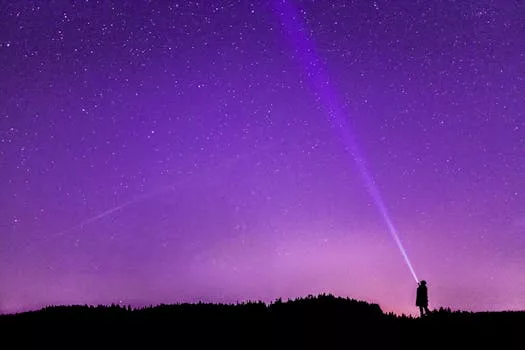
“
From Stardust to Dreams: Imagining Life Beyond the Stars
Introduction to Life Beyond the Stars
From Stardust to Dreams: Imagining Life Beyond the Stars has been a topic of human fascination for centuries. The idea of exploring and settling other planets and celestial bodies has sparked the imagination of scientists, philosophers, and science fiction writers alike. As we continue to advance in our understanding of the universe and the technology to explore it, the possibility of life beyond the stars becomes increasingly plausible. In this article, we will delve into the possibilities and implications of life beyond the stars, and what it might mean for humanity.
Understanding the Universe and the Potential for Life
The universe is vast and complex, comprising billions of galaxies, each containing billions of stars and planets. The discovery of exoplanets, which are planets that orbit stars other than the Sun, has revealed a multitude of potential habitats for life. From the scorching hot surface of Venus to the icy cold moons of Jupiter, the conditions for life to emerge and thrive are diverse and widespread. Scientists use various methods to search for life, including the detection of biosignatures, which are signs of biological activity, such as the presence of oxygen or methane in a planet’s atmosphere. For a deeper exploration of these concepts, check out Beyond the Milky Way.
Space Exploration and the Search for Life
Space agencies and private companies are actively working on missions to explore the solar system and beyond. NASA’s Artemis program, for example, aims to return humans to the Moon by 2024 and establish a sustainable presence on the lunar surface. The European Space Agency’s (ESA) JUICE mission will explore Jupiter’s icy moons, which are believed to harbor subsurface oceans and potentially, life. Private companies such as SpaceX and Blue Origin are also pioneering new technologies and missions to facilitate space travel and exploration. For more on this topic, read Galaxies of Dreams.
Imagining Human Settlement Beyond the Stars
As we continue to push the boundaries of space exploration, the possibility of human settlement beyond the stars becomes increasingly real. With the development of advanced technologies, such as propulsion systems and life support systems, humans may one day be able to establish sustainable colonies on other planets. The idea of a human settlement on Mars, for example, is no longer science fiction but a potential reality. However, such a venture would require significant resources, infrastructure, and planning, as well as a deep understanding of the challenges and risks involved.
Takeaways and Conclusion
In conclusion, the idea of life beyond the stars is a fascinating and complex topic that has captured human imagination for centuries. From the search for biosignatures to the potential for human settlement, the possibilities and implications are vast and multifaceted. As we continue to explore and understand the universe, we may uncover new and exciting discoveries that challenge our current understanding of life and the cosmos. The main takeaways from this article are:
- The universe is vast and complex, with a multitude of potential habitats for life.
- Space agencies and private companies are actively working on missions to explore the solar system and beyond.
- Human settlement beyond the stars is a potential reality, but would require significant resources and planning.
- The search for life beyond the stars is an ongoing and exciting area of research, with new discoveries and breakthroughs emerging regularly.





